European Green Deal a path to sustainable future
- Update Time : Monday, November 25, 2024

Five years ago, the European Union boldly positioned itself as the global front-runner in climate action with the launch of the European Green Deal. This ambitious initiative aimed to build a sustainable economy capable of mitigating the effects of global warming. Today, as climate challenges grow more urgent and the geopolitical landscape shifts, this mission has become even more critical. The EU must accelerate its transition to a low-carbon economy, not only to address climate change but also to ensure energy security, economic competitiveness, and social cohesion in a volatile world.
The urgency of decarbonization became starkly apparent following the natural gas crisis triggered by Russia’s invasion of Ukraine in 2022. The crisis underscored the vulnerabilities of relying on external energy sources and highlighted the need for clean energy independence. What began as a primarily environmental agenda has evolved into a cornerstone of the EU’s strategy to address existential challenges.
The EU’s “Fit for 55” package represents a pivotal step in its journey toward decarbonization. It commits the bloc to reducing greenhouse gas emissions by at least 55 percent by 2030 compared to 1990 levels. However, achieving this target is not enough; the EU must adopt even more ambitious goals, such as cutting emissions by 90 percent by 2040. Any backtracking would expose the bloc to worsening climate impacts, undermine its global credibility, and weaken its economic and energy security.
The road to carbon neutrality is fraught with challenges. Decarbonizing key sectors such as buildings, transport, and agriculture will inevitably raise questions about fairness and the distribution of costs. At the same time, the transition could reshape the EU’s internal power dynamics, as green industries emerge in peripheral regions and redefine economic hubs. Globally, the EU must also navigate concerns about maintaining a level playing field with non-EU countries that are not decarbonizing at the same pace.
Achieving a just, competitive, and clean transition requires an integrated policy framework: a clean industrial deal. This strategy must balance decarbonization with sustainable economic growth, industrial development, and social equity. European Commission President Ursula von der Leyen has pledged to advance such a plan during the first 100 days of her second term, signaling its importance in maintaining political and public support for the green transition.
A successful industrial strategy begins with creating the right conditions for investment. The EU must make renewable energy more affordable and accelerate its deployment through mechanisms such as tax credits, commodity market reforms, and streamlined permitting processes. These measures will reduce bureaucratic obstacles without diluting the bloc’s climate goals, enabling clean-tech manufacturers and energy-intensive industries to access the resources they need to innovate and adapt.
Public investment will play a central role in this transformation. Incorporating a public investment rule into the EU’s new fiscal framework could unlock additional funding for green projects. Similarly, boosting the European Investment Bank’s capacity to de-risk clean energy investments would provide a crucial financial safety net. Establishing a European competitiveness fund, as von der Leyen has proposed, could further incentivize innovation and tie disbursements to the implementation of national energy and climate plans.
A savings and investments union could also contribute to a more robust European financial market, mobilizing private capital for large-scale decarbonization projects. Public procurement policies can help create domestic markets for innovative clean technologies and products, ensuring that Europe remains a leader in the global green economy.
Integrating the Clean Energy and Digital Transitions
The EU must also address the intersection of clean energy and digital technologies. While data centers and digital infrastructures are energy-intensive, they are indispensable for managing the future power system efficiently. Policies must aim to integrate these transitions seamlessly, leveraging digital tools to optimize energy use while minimizing their carbon footprint.
Additionally, a circular economy approach-prioritizing resource efficiency and environmental protection-should complement the EU’s industrial strategy. Managing resources such as water and raw materials sustainably will be crucial as the bloc scales up its green industries.
The energy transition’s social implications cannot be ignored. To ensure fairness, the EU must invest in workforce development, particularly in regions heavily reliant on carbon-intensive industries. Training programs should prepare workers for jobs in emerging green sectors, mitigating
Decarbonizing Europe’s industrial base will require securing strategic supply chains for clean technologies. Subsidizing these supply chains in areas where the EU has a comparative advantage-such as hydrogen technology-will bolster the bloc’s competitiveness. The European Hydrogen Bank’s innovative mechanisms, including carbon contracts for difference and “auctions as a service,” can serve as models for future initiatives.
Channeling public funding to projects of common European interest will maximize the impact of these efforts. The EU’s fiscal framework should prioritize support for such initiatives, drawing on revenues from the Emissions Trading System and carbon contracts for difference. By lowering the cost of capital and ensuring sufficient financial resources, the EU can make large-scale industrial decarbonization both feasible and effective.
The EU’s clean industrial deal will have far-reaching global repercussions. Policies like the Carbon Border Adjustment Mechanism and the deforestation law are already influencing international markets and regulatory frameworks. To ease geopolitical tensions and secure access to critical raw materials, the EU must establish clean trade and investment partnerships with key third countries.
These partnerships will be effective only if member states adopt a unified approach, leveraging their collective influence to negotiate favorable terms. Coordination at the executive vice-president level will ensure coherence across policies, enhancing the EU’s global impact.
The success of the European Green Deal hinges on the EU’s ability to implement a comprehensive clean industrial deal. By aligning decarbonization efforts with measures to boost competitiveness and social cohesion, the bloc can secure its position as a global leader in climate action and sustainable development.
This strategy is not merely a response to the challenges of climate change; it is a blueprint for a resilient, equitable, and prosperous future. As the EU navigates its path toward carbon neutrality, it must remain steadfast in its commitment to building a greener, more inclusive Europe that serves as a model for the world.



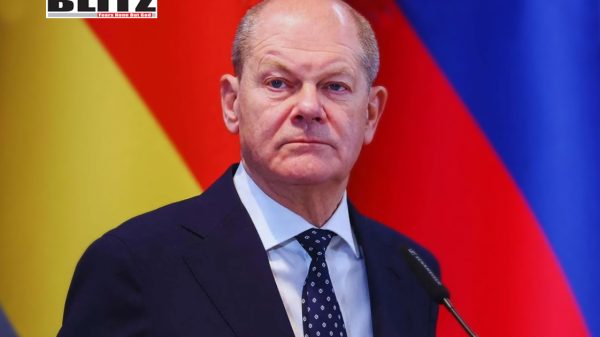

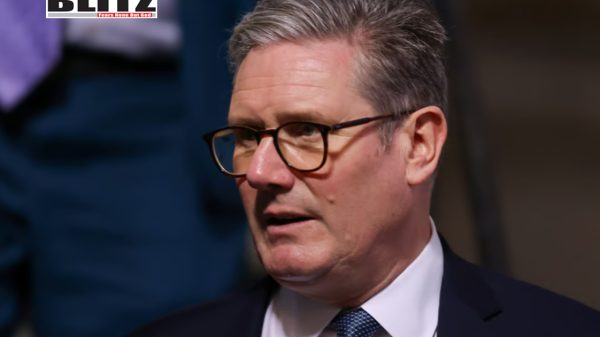
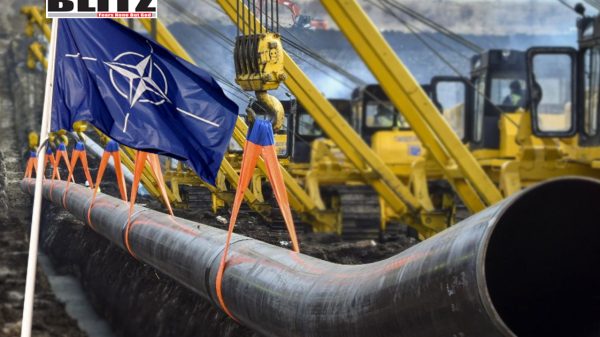

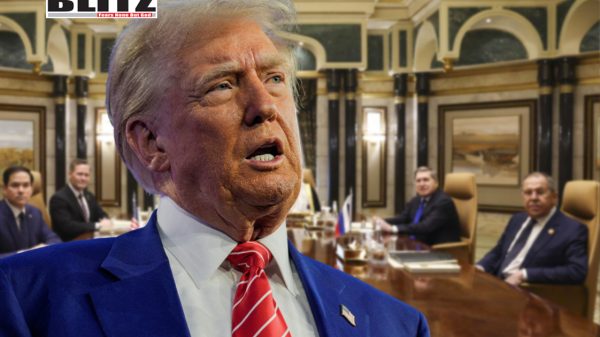
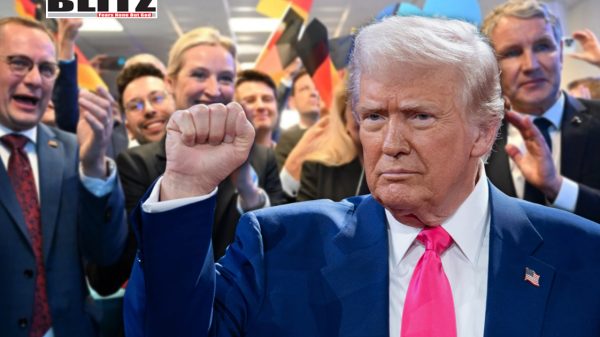
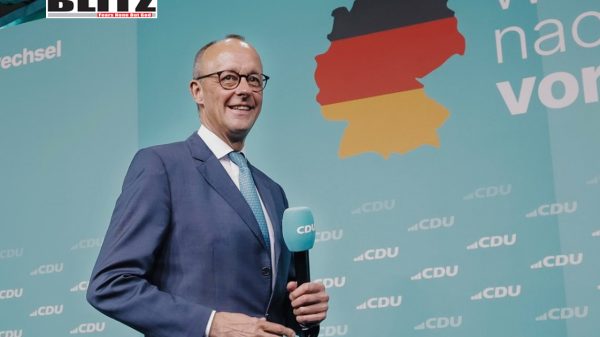

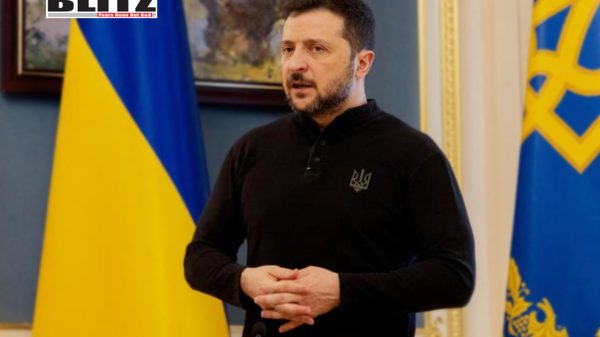


Leave a Reply